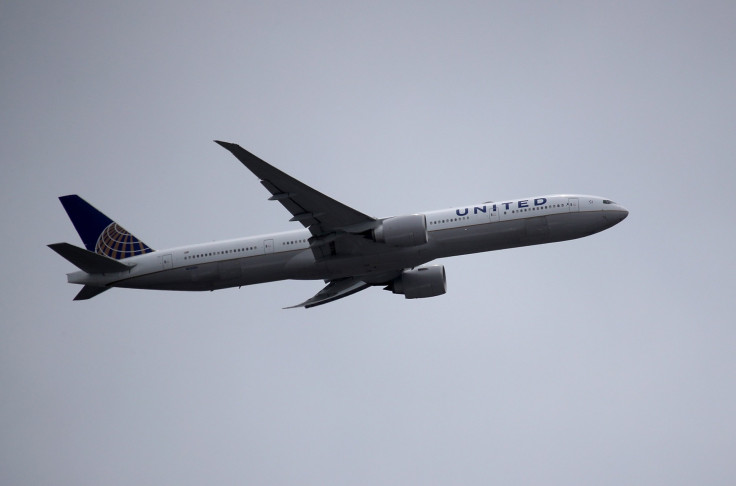How Much Do Airlines Make Off Baggage Fees? New Report Sheds Light On The Industry

While airlines have plenty of avenues to make revenue, like ticket sales or select on-board services, the first financial reports of 2019 reveal that baggage fees have been a significant contributor.
The report comes courtesy of the U.S. Department of Transportation, which revealed that U.S. airline industry had pulled in $2.1 billion during the first quarter of 2019. On face value, this is a win for the airline industry because this number is up 25% from first quarter of 2018.
One of the biggest contributors to that jump was the $1.3 billion in baggage fees airlines were able to bring in during the first quarter of 2019. This marks an increase of nearly $170 million from the same time last year, where baggage fees reportedly brought in $1.1 billion. And its growth has been thanks, in part, to increased airline baggage fees.
Several airlines, such as American Airlines, had increased their baggage fees $5 over the last year. And while that doesn’t sound like much up front, the small raise has paid dividends. Anyone traveling domestically now has to pay $30 for their first bag and $40 for a second.
American Airlines was one of the first to do so in 2018, followed by United Airlines, JetBlue, and Alaska Airlines.
So for anyone trying to get around those baggage fees, fly Southwest Airlines.
© Copyright IBTimes 2024. All rights reserved.





















